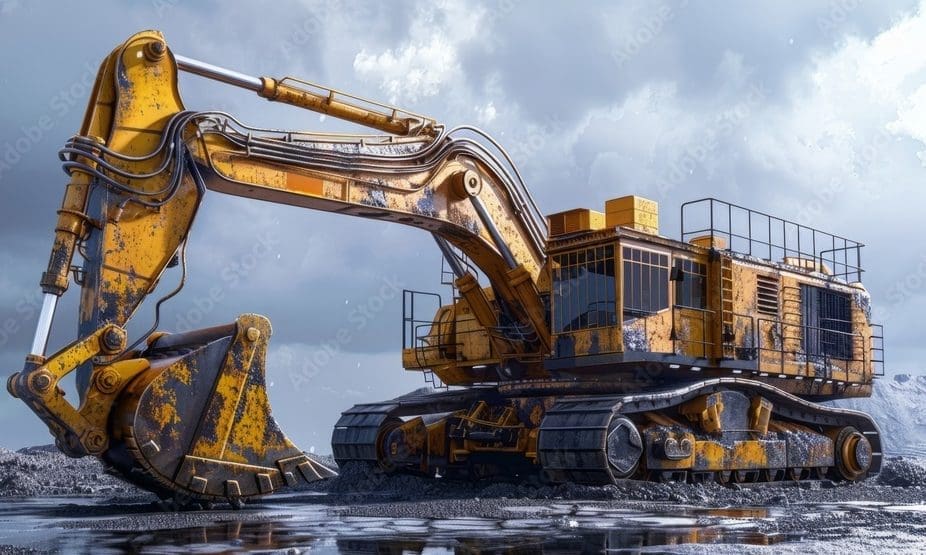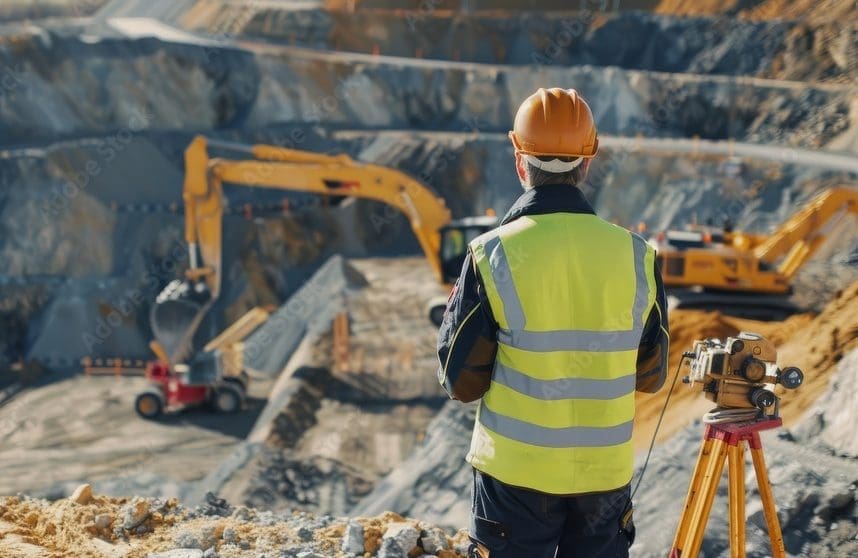Introduction
The Competency Demonstration Report (CDR Report) for Mining Engineers is a crucial document for mining engineers seeking professional recognition in Australia. It acts as a detailed presentation of an engineer’s skills, knowledge, and experience within the mining sector.
Did You Know?
In Australia, migrant arrivals surged by a staggering 73% to 737,000 from 427,000 arrivals a year ago, while migrant departures dipped by 2% to 219,000 from 223,000 departures a year ago according to the latest release for Overseas Migration. This significant increase in migrant arrivals highlights the growing demand for skilled workers in various industries, including mining and resources.
This guide is tailored specifically to assist mining engineers in crafting a CDR Report that effectively showcases their expertise.

Key Responsibilities of a Mining Engineer ANZSCO 233611
As a mining engineer ANZSCO 233611, your primary responsibility is to plan and direct the engineering aspects of locating and extracting minerals, petroleum and natural gas from the earth. You will be responsible for carrying out the following tasks;

CDR Report for Mining Engineer Sample
This typically includes the three key components: Continuing Professional Development (CPD), Career Episodes, and a Summary Statement.
Career Episode 1: Design and Implementation of an Open-Pit Mine
Description:
In my role as a project engineer, I was responsible for the design and execution of an open-pit mine. My primary responsibilities included conducting geological surveys, designing pit layouts, and overseeing drilling operations. I collaborated with geologists and environmental engineers to ensure compliance with regulatory standards.
Key Achievements:
- Successfully completed the design within budget and a month ahead of schedule.
- Implemented a real-time monitoring system for pit stability, reducing accidents by 15%.
- Led a team of 10 engineers and technicians, fostering a collaborative and efficient working environment.
Career Episode 2: Development of Underground Mining Operations
Description:
As a senior mining engineer, I led the development of a new underground mining operation. This involved coordinating with various departments, including geology and environmental management, to ensure optimal resource extraction while minimizing environmental impact.
Key Achievements:
- Increased ore recovery rates by 20% through innovative extraction techniques.
- Established a comprehensive training program for new engineers focused on safety and operational efficiency.
- Conducted risk assessments that led to the implementation of new safety protocols, enhancing workplace safety.
Career Episode 3: Research on Sustainable Mining Techniques
Description:
I undertook a research project focusing on sustainable mining practices. This included studying the impact of mining on local ecosystems and developing methods to reduce waste and emissions. The research aimed to create a framework for sustainable operations in the mining sector.
Key Achievements:
- Collaborated with mining companies to pilot sustainable initiatives based on research outcomes.
- Published findings in a peer-reviewed journal, contributing to the field of sustainable mining.
- Presented research at the International Mining Conference, receiving positive feedback from industry experts.
Mining Engineer CDR Summary Statement
For the CDR summary statement, all of the competency elements required as a Mining Engineer are presented. They are cross referenced in the summary statement to the relevant paragraph of the episodes, as guided in the Engineers Australia migration skills assessment booklet.
Learn more: CDR Summary Statement Writing: Tips for CDR Success
Mining Engineer Continuing Professional Development (CPD)
Examples of CPD activities for mining engineers include:
- Attending Mining Industry Conferences and Workshops
- Completing Courses and Certifications in Specialized Mining Techniques
- Joining Webinars and Online Courses Related to Mining Engineering
- Engaging in Research and Publishing
- Active Involvement in Mining Engineering Societies
Conclusion
Crafting an effective Competency Demonstration Report (CDR) is a significant step towards gaining professional recognition as an engineer in Australia. From the detailed preparation of Career Episodes to the concise articulation of your competencies in the Summary Statement, each component requires meticulous attention to detail, a deep understanding of your engineering experiences, and the ability to present these in a structured and professional manner.
Need Help?
Contact CDR Elite Writers to get answers to all your questions and doubts regarding CDR writing.




